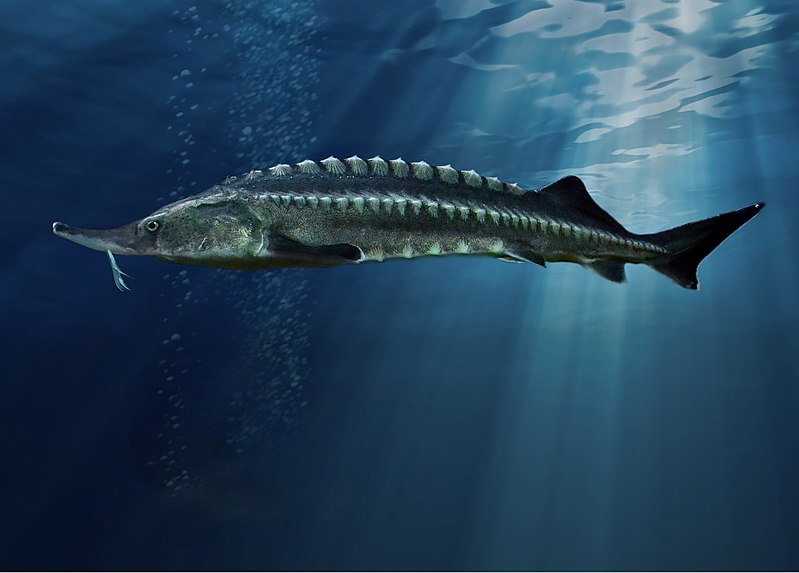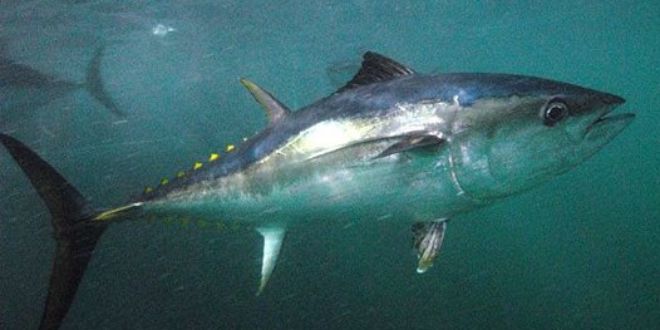10 Critically Imperiled Fish Species
The vast expanse of our oceans, once perceived as an inexhaustible resource, now echoes with a silent alarm. While the old adage suggests "plenty more fish in the sea," the reality is starkly different. The International Union for Conservation of Nature (IUCN) paints a sobering picture: thousands of fish species are teetering on the brink of extinction, their populations decimated by a complex interplay of human activities.
Overfishing, the relentless pursuit of marine life for commercial gain, stands as the primary culprit. However, it's not the sole threat. Habitat degradation, rampant pollution, and the escalating impacts of climate change are also pushing these aquatic denizens toward oblivion.
Imagine, then, the significance of an unexpected encounter – hooking one of these endangered creatures. Releasing it is paramount, but before you do, your observations could contribute valuable data. Note the date and precise location of the catch, the number of individuals observed, and their approximate size. Were they adults or juveniles? Record any notable behavior: swimming patterns, feeding habits. Share this information, along with any photographs, with your local wildlife authorities; your input could be invaluable.
Selecting just ten species from the IUCN's extensive Red List is a challenge. The following are among the most imperiled fish, many tragically targeted for food:
Atlantic Halibut
These leviathans of the deep, capable of reaching colossal sizes, are particularly vulnerable due to their slow growth and late maturity. Often caught incidentally in bottom trawling operations, Atlantic Halibut face a grim prognosis, with stocks struggling to rebound despite management efforts.

Photo: Wikipedia
Beluga Sturgeon
Prized for their "true caviar," Beluga Sturgeon have endured relentless overfishing. Habitat loss compounds the problem, diminishing spawning grounds. While efforts like releasing farmed juveniles offer a glimmer of hope, the species' critically endangered status highlights the urgent need for more comprehensive conservation strategies.

Photo: Wikipedia
Southern Bluefin Tuna
These magnificent predators, found across the Atlantic, Indian, and Pacific Oceans, have been intensely targeted since the 1950s, driven by the global demand for sushi. The estimated spawning stock biomass has plummeted, placing the Southern Bluefin Tuna on a perilous trajectory towards potential extinction.

Photo: Wikipedia
Orange Roughy
These deep-sea dwellers, sometimes referred to as "slimeheads," are exceptionally long-lived, but their late maturity makes them incredibly susceptible to overfishing. Aggregations for feeding and breeding become easy targets for trawlers, decimating entire generations.

Photo: source
Nassau Grouper
Once a common sight in the waters off the USA, the Nassau Grouper has been decimated by overfishing of spawning aggregations. Its populations have crashed, resulting in harvesting bans. This severe decline underscores the importance of safeguarding critical breeding grounds.

Photo: Wikipedia
Red Handfish
Confined to just two small subpopulations, this diminutive and brightly colored species faces a multitude of threats, including habitat loss, pollution, and competition from native sea urchins. With only a handful of mature individuals remaining, the Red Handfish is one of the most endangered fish on the planet.

Photo: Wikipedia
European Eel
With their extraordinary life cycle, beginning in the open ocean and migrating to freshwater streams, European Eels face a gauntlet of challenges. Overfishing, habitat degradation, climate change, and other threats have led to a catastrophic decline, pushing this species to the brink.

Photo: National Geographic
Winter Skate
Once dismissed as undesirable, the Winter Skate is now harvested for various purposes, including fishmeal and lobster bait. Increased trawling has led to the accidental capture of juveniles, further exacerbating the population decline of this slow-maturing species.

Photo: Wikipedia
Chinese Sturgeon
Having survived for over 140 million years, the Chinese Sturgeon now faces an uncertain future. Overfishing and the construction of dams, particularly the Gezhouba Dam, have blocked migration routes and decimated spawning grounds. Repopulation efforts have proven largely ineffective without addressing the fundamental issue of habitat access.

Source: sixthtone
Atlantic Bluefin Tuna
Perhaps the most recognizable of endangered fish species, the Atlantic Bluefin Tuna faces immense pressure from both recreational and commercial fishing. Its high value in the market drives relentless exploitation, while international regulation struggles to keep pace with the species' migratory patterns. Without decisive action, this magnificent creature may vanish from our oceans.

Photo: blackmagictackle
The fate of these ten species serves as a microcosm of a larger crisis. It is a call to action, urging us to reconsider our relationship with the ocean and to embrace sustainable practices that ensure the survival of these incredible creatures for generations to come. Only through collaborative conservation efforts, informed policies, and responsible consumption can we hope to reverse the tide and protect these vanishing giants.



